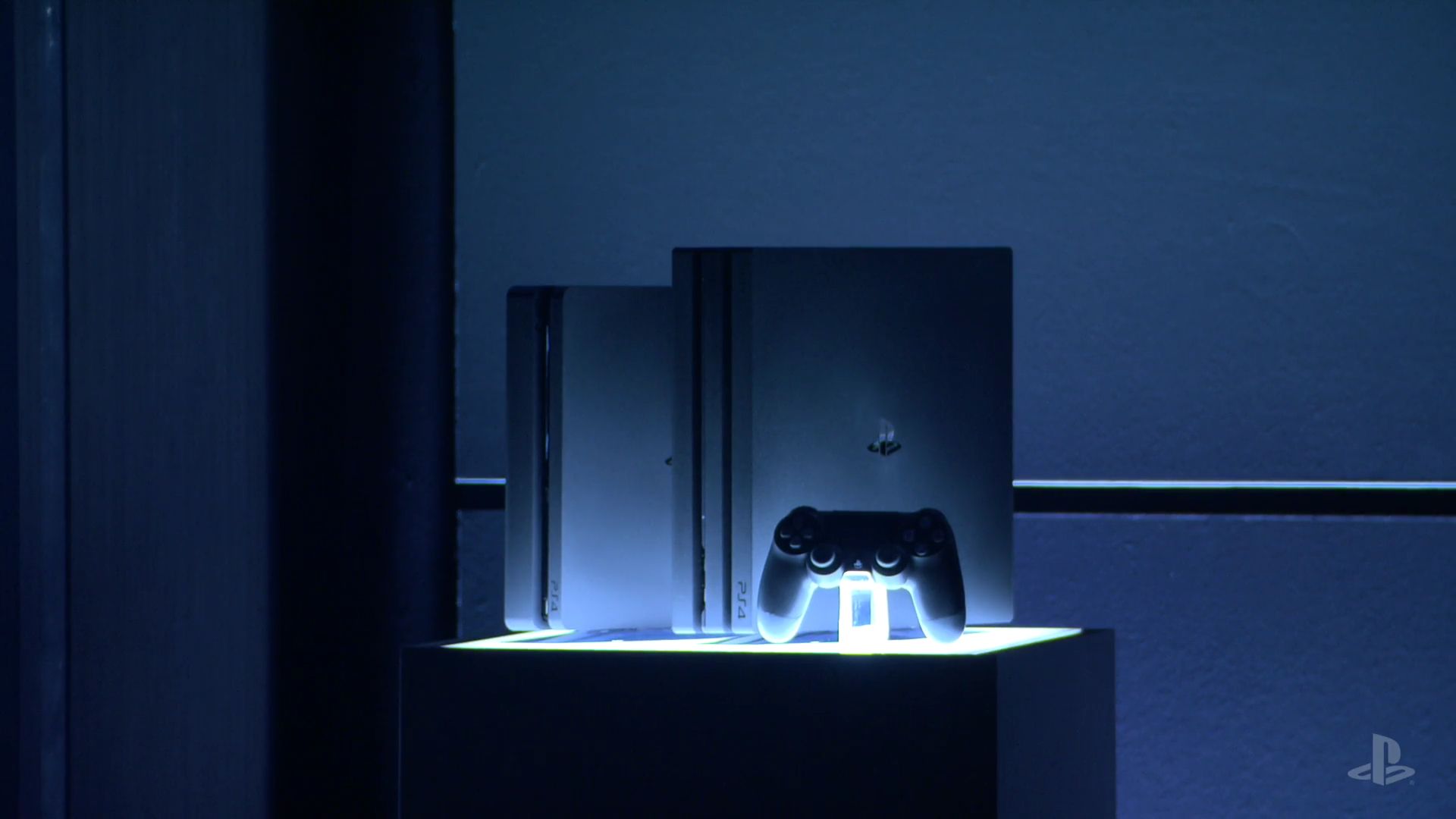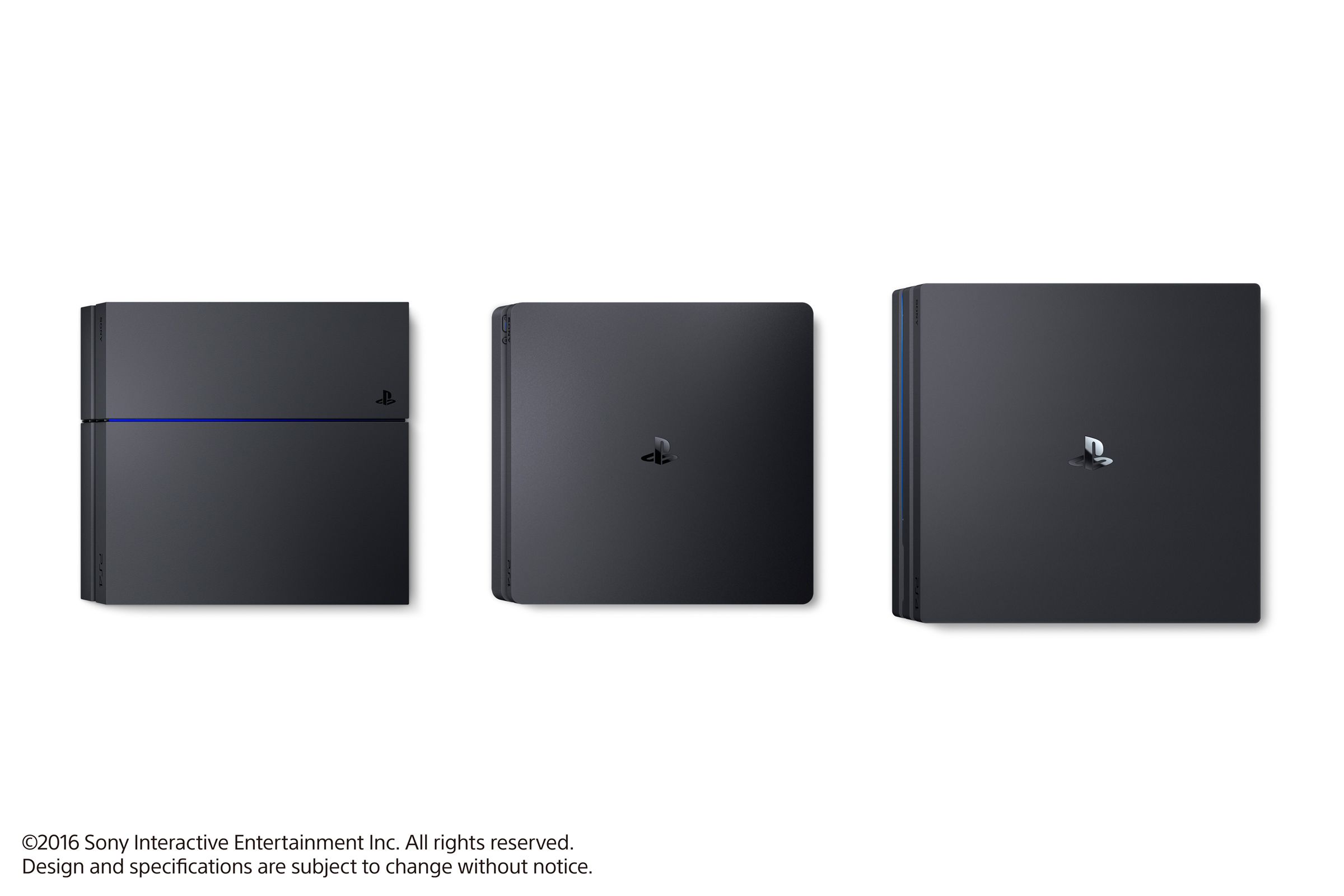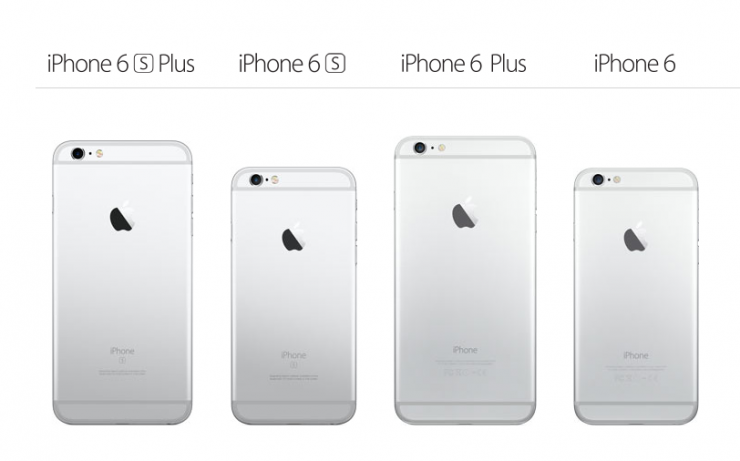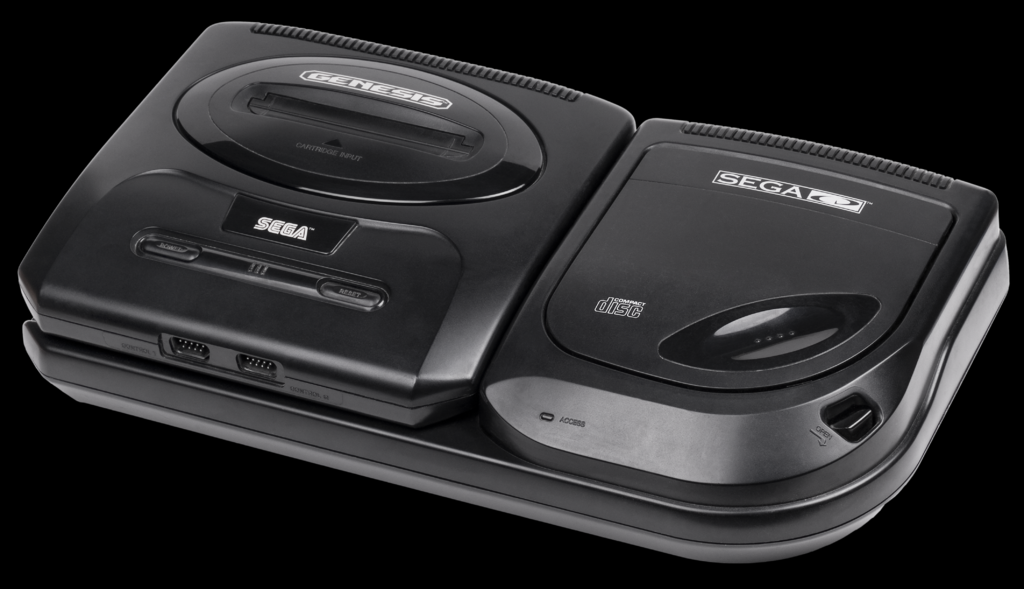With the launch of Sony's PlayStation 4 and Microsoft's Xbox One, it would mark the first time that both console makers would be turning a profit off of hardware early on into the life cycle of their products. And while it didn't occur immediately out of the gate for Sony in 2013 within 6 months of the launch of the PS4, Sony CEO Kaz Hirai reported that the console was "contributing profit on a hardware unit basis." This was a far cry from the generation that preceded it in which both Microsoft and Sony followed the industry tradition of selling consoles at a significant loss in hopes that revenue and profits would be recouped through software, peripherals, and the like.
Sony and Microsoft finally figured it out. They figured out how to launch a console "in the black" and could now focus their efforts on just putting out great software, instead of scrambling to dig themselves out of a hole of immediate debt. One company definitely scrambled less than the other (but that's another story).
Last week Sony held a PlayStation meeting in New York City. During the presentation the company would announce not one but two pieces of new hardware: The PlayStation 4 'slim' and the Playstation 4 Pro (PS4 Pro). While much of the internet LOL'd at the price of the slim (because at $299... it's pretty ridiculous), the PS4 Pro announcement -- on the other hand -- left many people questioning the existence of such an upgrade.
The presentation's live stream was broadcast (and compressed by YouTube) at 1080p which certainly didn't help Sony's cause or it's ability to "sell" viewers on the subtle enhancements (especially for 4K resolution). Then it was announced that the existing PS4 -- both 'fat' and 'slim' -- would be receiving an update to enable HDR in games (a PS4 Pro selling point). This naturally created an opening for criticism where pundits and the arm chair analysts of the world (myself included) asked "why?" and questioned the existence of such an upgrade. But now after taking some time to ingest Sony's public relations messaging for the PS4 Pro, especially during the interviews and panel with developers and publishers that followed the PlayStation meeting livestream, it seems that the answer to that question is simply: why not?
You see, the PS4 Pro isn't meant to bridge the gap to next generation or whatever comes next from Sony, at least according to system architect Mark Cerny. It's meant to enhance the current experience as Sony adapts to what's available now in terms of high end graphics hardware at an accessible price. Sure you can build a machine that can run titles like Battlefield 1 at a very respectable frame rate and resolution with HDR enabled, but it's probably not happening for $399. In this case, Sony can simply sell you a machine that does.
The PS4 Pro is much more iteration than it is innovation, a thought process one can instantly relate to the current state of the global smartphone industry.
As a quick example of what Sony is doing with the PS4 Pro just look at a product like Apple's iPhone. For almost a decade Apple has brought a new version of their iPhone every single year right around the end of summer or early fall season. And what they've done is broken down the product into a 'tick' and 'tock' release cycle.
In 2014 they released the iPhone 6 which came to market as a huge redesign from what came before it. This model was considered the 'tick' in the product lifecycle. In 2015 they followed up that release with the 'tock', a beefed up iPhone 6 that they named the 6S. A device which doubled the phone's RAM, provided a speedier fingerprint sensor, and a brighter camera lens but didn't look any different. In hand (and fundamentally) the devices seem very similar as much of it's exterior remains unchanged, but the performance and experience gains created are immediately evident once the device is put into use. All of a sudden you're multitasking better, getting things done quicker, taking better photos, etc. Again, these aren't life altering differences, but enhancements that loyal users can (and usually do) appreciate.
That's what the PS4 Pro is. It's the 'tock' in the PS4 life cycle. At the same time though, one has to think: did Sony just set a new precedent by introducing the console upgrade?
I'm about to show my age but back in the 90s a company named Sega (remember them) released 'add ons' for their Megadrive and Sega Saturn consoles. Whether it was Sega CD, or the 32X add ons to the Megadrive or even a RAM cartridge for the Sega Saturn (yes, plug and play RAM my friends) Sega thought of different ways to 'add on' and enhance the existing experience without necessarily buying completely new base hardware. Sure, they released smaller and slimmer consoles along the way but enhancing by adding on was always an option.
Sony's PS4 Pro is not doing what Sega did in the 90s, it's much more in line with how Apple handles its iPhone upgrades. And that's OK because there are people out there that will appreciate the refinement and performance boosts (even if they don't own a HDR enabled or 4K display yet) that the PS4 Pro offers. For newcomers to the PS4 platform, they'll be happy they waited to get the best possible experience out of the PS4 library and the games still on the way. If they don't want to pay $399 for the Pro the can always (but they really shouldn't) save $100 and pick up the 'slim.'
But an important question remains: is Sony borrowing Apple's 'tick, tock' strategy and using the PS4 Pro as a means to mark the halfway point of the PlayStation 4 life cycle? Or is Sony introducing console gamers to the experience PC gamers have come accustomed to which is upgrading their hardware every couple of years? I'm hoping it's not the latter in which case we're headed towards a never ending PS4 generation with an updated 'Pro' coming to market every couple of years. Either way the age of the console upgrade is here and Sony's PS4 Pro brought it to us.




